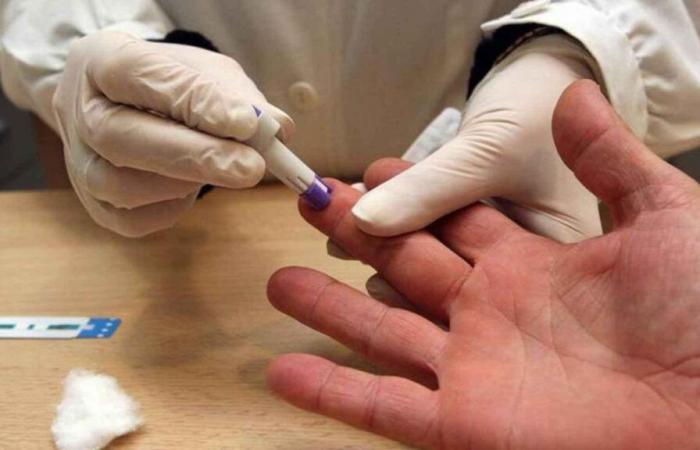Analyzing only information about certain diseases previously diagnosed with a person, age and sex at birth, The model has demonstrated its ability to detect more than 70% of HIV cases of any populationscreening less than 4% of people and achieving a prevalence of HIV of more than 2.5%.
“These results show the opportunity to optimize the use of health resources, reducing the number of people to whom it is necessary to perform an HIV test, while increasing the percentage of new diagnoses and, with it, the efficiency of the health system,” Gilead remarked.
This progress, the company said, “represents a crucial step in the early detection of HIV, an infection with which 11,000 people (7.5% of people with HIV in Spain) an increase in health costs and greater morbidity and mortality. “
The director of the HIV unit of Gilead Sciences in Spain and Portugal, Luis ArmenterosHe pointed out that “this development is another demonstration of Gilead’s commitment to people with HIV. Our company has been present since its inception in the great milestones of this epidemic and we continue to be, providing innovative solutions to address the still current challenge of HIV’s hidden infection and its late diagnosis.”
Hotli Simanjuntak
-EFE
Banda Aceh (Indonesia)
For its part, the CEO and founder of Telomera, José Luis Enriquez, Gilead’s technological partner, noted that “the model arose from a real clinical concern: Many HIV diagnostic opportunities are being lostespecially in advanced phases of infection. The main challenge is to identify people with HIV who had gone unnoticed in the health system. ”
In the development of the model, experts in infectious diseases and HIV as the doctor have also participated Miguel García-DeltoroHead of the Infectious Diseases Service of the General University Hospital of Valencia, and Dr. Arkaitz Imaz, coordinator of the HIV and STD Unit of the Bellvitge University Hospital.
The HIV risk prediction model has been generated so that it can be integrated into electronic clinical history systems, thus allowing the automation of the care process so that it is the computer system that can alert the clinician who serves a person with a high risk of having HIV reducing the lost opportunities of diagnosis and improving the efficiency of the health system.






